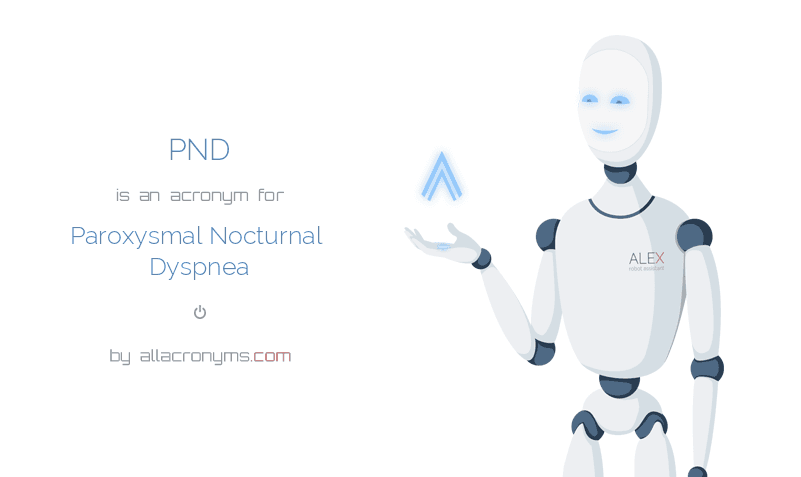

Intravenous nesiritide was initiated with good response with normalization of the systolic blood pressure and decrease in the wedge pressures. A pulmonary artery catheter was inserted which demonstrated a significantly elevated wedge pressure with large V-waves. In addition, there was a partially flail anterior mitral valve leaflet ( view video 1) with associated severe mitral regurgitation ( view video 2). This demonstrated normal systolic function without obvious wall motion abnormalities. A transthoracic echocardiogram was performed, but due to suboptimal images, a transesophageal echocardiogram was then performed. Subsequently, hypotension necessitated initiation of vasopressor support with dopamine. Based on the chest x-ray findings, blood cultures were drawn and broad-spectrum antibiotics were initiated. The patient was admitted to the coronary care unit for further therapy. Echocardiography can assist in determining if there is significant left ventricular dysfunction, or an acute mechanical problem. The patient has clinical findings consistent with cardiogenic shock, but the ECG is not consistent with acute myocardial infarction. In this case, emergent performance of echocardiography is valuable. This leaves D, cardiogenic pulmonary edema as the most likely cause. Although concomitant pulmonary embolism is always a consideration, given the extensive lung findings, this would be unlikely. However, commonly the chest x-ray would not demonstrate significant abnormalities. Common causes of non-cardiogenic pulmonary edema include pneumonia (see A), trauma, blood transfusion, or aspiration.Ĭhoice C, pulmonary embolism, is always a consideration in a patient with acute dsypnea. However, given the elevated white blood cell count, assessing blood cultures and initiating antibiotics appear reasonable.Ĭhoice B, non-cardiogenic pulmonary edema, is unlikely given the acute time course of the hypoxia. Acute cardiogenic pulmonary edemaĬhoice A, pneumonia, is unlikely, due to the acute onset of symptoms and lack of fever. The radiologist interpretation was severe bilateral airspace disease, most consistent with acute respiratory distress syndrome or diffuse pneumonia. There was almost complete opacification of both lungs. The initial electrocardiogram demonstrated sinus tachycardia, without ischemic ST-T wave changes. The initial chest x-ray (Figure 1) demonstrated the endotrachial tube to be in good position.

Physical exam was notable for a blood pressure of 85/60 mmHg, a heart rate of 110 bpm, temperature 97.6 F, diffuse wheezing, distant heart sounds without obvious murmur, and intact pulses.

Emergency medical services was contacted, and shortly after arrival in the emergency department she required intubation.Īfter intubation, 100% inspired oxygen and increasing levels of positive expiratory pressure to 10 mmHg resulted in oxygen saturations of only 85-90%.

Her husband noted she was severely short of breath and diaphoretic. On the night of admission she went to the bathroom and returned stating “I can’t breathe”. She had noted mild paroxysmal nocturnal dyspnea and exertional dyspnea but otherwise was in good health. However, appropriate treatment of the condition requires identification of the underlying cause and subsequent interventions.The patient is a 56-year-old female whose prior medical history was notable only for hypertension. PND may temporarily be resolved by sitting upright. Obstructive and central sleep apnea may also cause episodes of PND to occur. Nighttime incidences of dyspnea may indicate that fluid has built up in the lungs, which could be a sign of pneumonia or pulmonary edema. However, when the condition occurs without an obvious trigger, it may be a sign of a serious health condition such as lung cancer, bronchitis, or heart disease. Shortness of breath during exercise or other situations is not uncommon. The term paroxysmal refers to the sudden onset of the episodes. When this shortness of breath occurs while an individual is sleeping, it is further defined as nocturnal. The term dyspnea or dyspnoea refers to a feeling of shortness of breath or breathing discomfort. The term paroxysmal nocturnal dyspnea (PND) is derived from the symptoms that characterize the condition. WorkplaceTesting Explains Paroxysmal Nocturnal Dyspnea (PND)


 0 kommentar(er)
0 kommentar(er)
